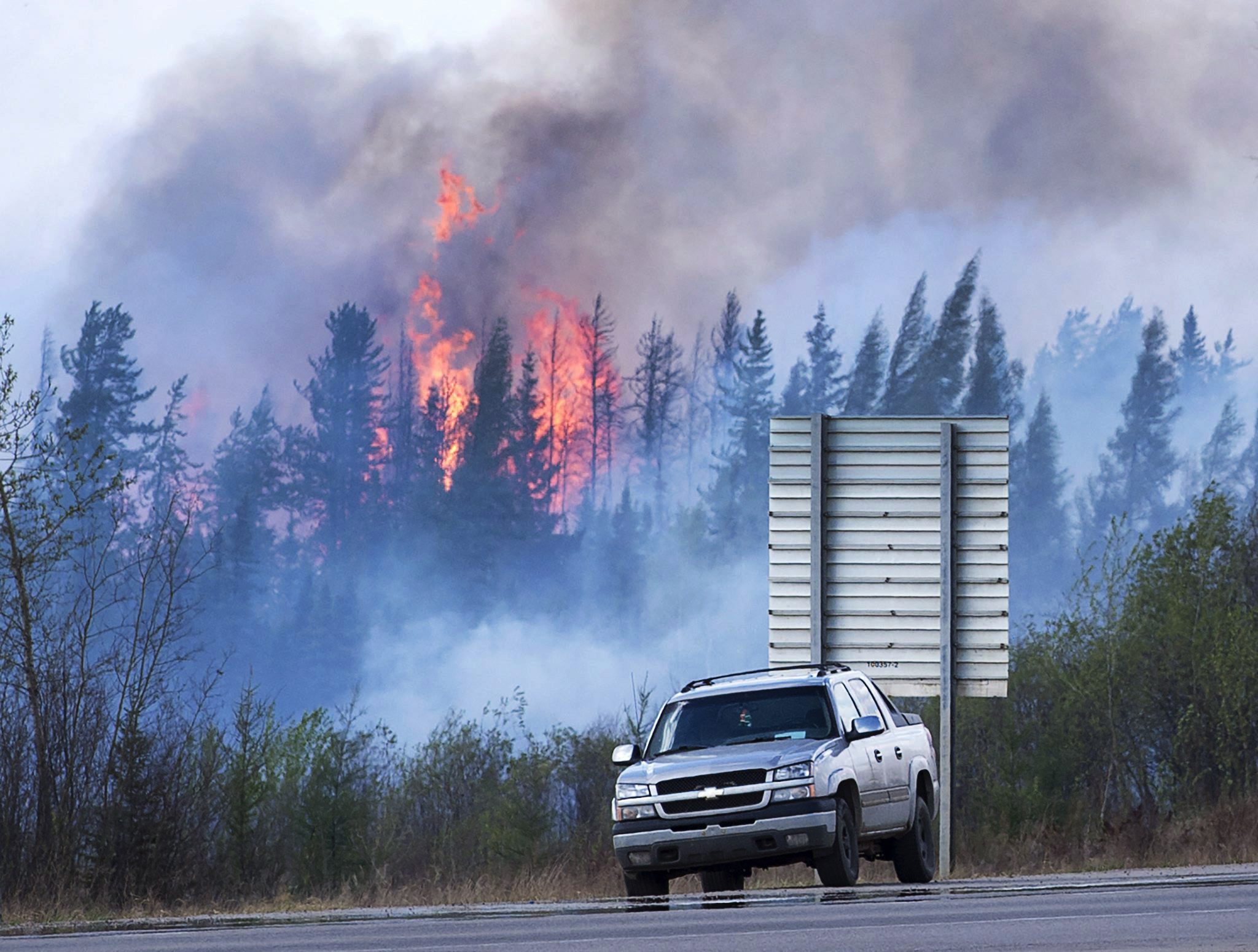Fort McMurray fire: Home insurance and clean up tips
What you need to know about recovering from a disaster
Advertisement
What you need to know about recovering from a disaster

Share this article Share on Facebook Share on Twitter Share on Linkedin Share on Reddit Share on Email